Top 10 things to do in Hanoi

The Old Quarter is the beating heart of Hanoi, known for its narrow streets and bustling energy. Each street traditionally specialised in a trade, from silver to silk, and remnants of this heritage remain today. Visitors can stroll through alleys line...
Read more..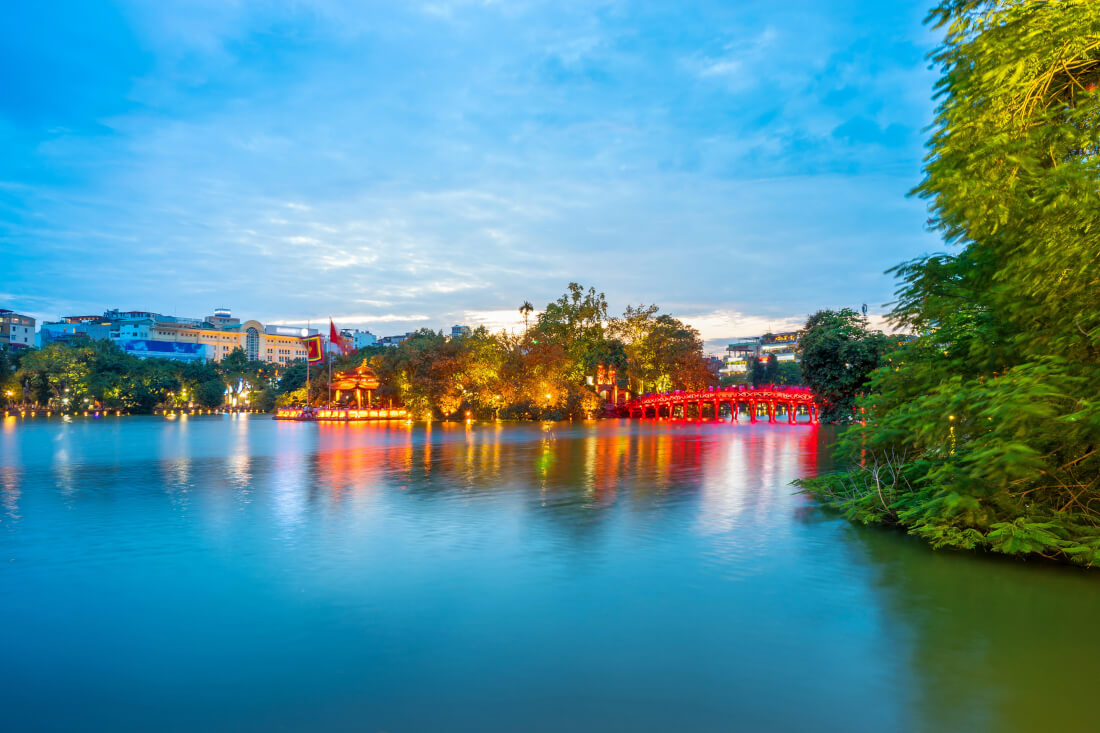
Located at the centre of the city, Hoan Kiem Lake is a peaceful retreat from the surrounding bustle. At its northern end sits Ngoc Son Temple, reached by the iconic red bridge. Early mornings are particularly atmospheric, with locals practising tai...
Read more..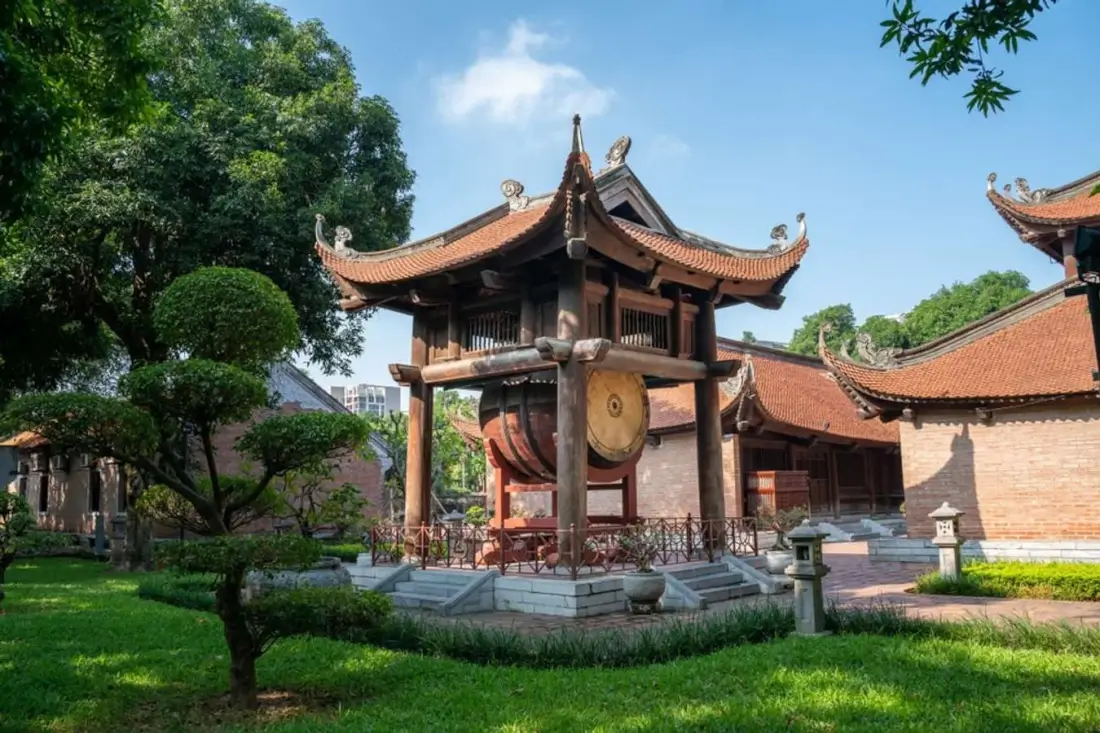
Built in 1070, the Temple of Literature is Vietnam’s first university and remains one of Hanoi’s most visited landmarks. Dedicated to Confucius, it offers insight into the nation’s scholarly traditions. With its courtyards, gardens and ancient ston...
Read more..
This museum highlights the country’s rich diversity, showcasing artefacts from Vietnam’s fifty-four ethnic groups. Exhibits range from traditional costumes and tools to reconstructions of stilt houses in the outdoor area. It is an educational and f...
Read more..
A visit to the Ho Chi Minh Mausoleum offers a glimpse into the life and legacy of Vietnam’s most revered leader. Visitors can pay respects to Ho Chi Minh, whose embalmed body lies in state. The surrounding complex includes the Presidential Palace, ...
Read more..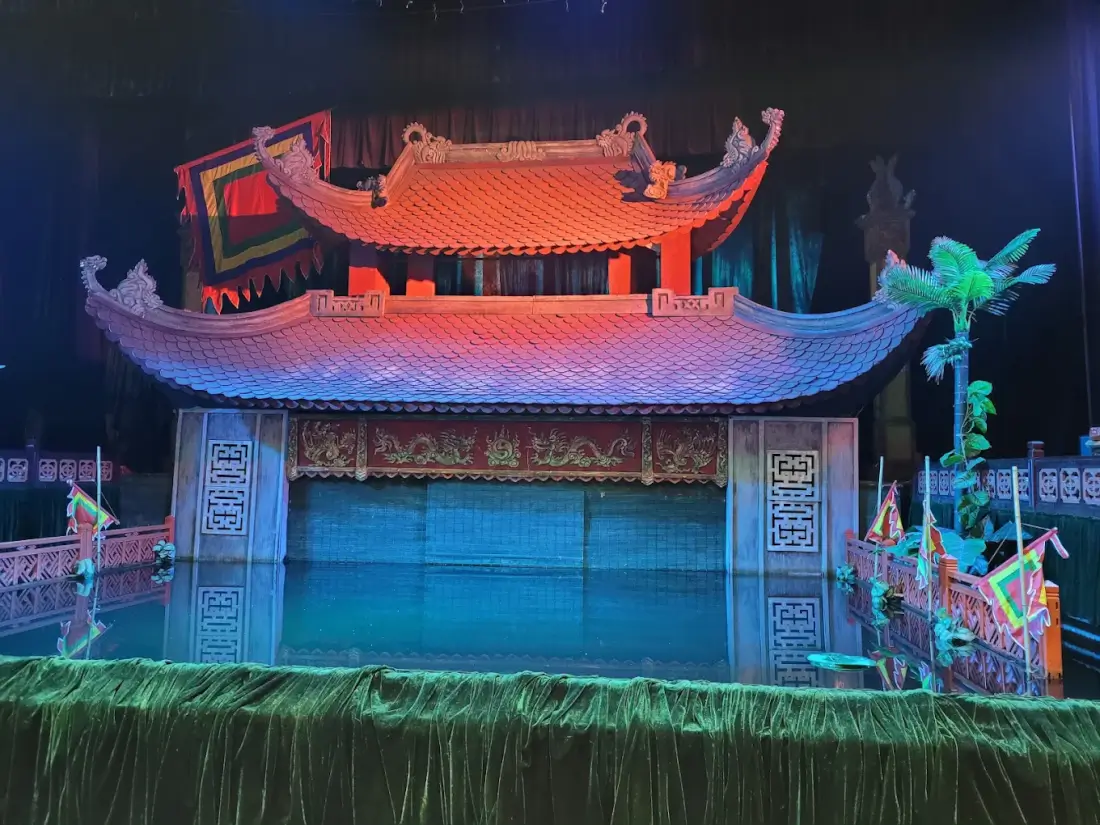
Water puppetry is a unique Vietnamese art form that dates back to the eleventh century. In Hanoi, the Thang Long Water Puppet Theatre near Hoan Kiem Lake is the most famous venue to experience this performance. Puppets glide across water, accompani...
Read more..
Held every weekend in the Old Quarter, the Hanoi Night Market is a lively mix of stalls selling clothes, souvenirs, handicrafts and street food. It is a great place to sample dishes such as grilled skewers, banh mi and fresh juices. The vibrant atm...
Read more..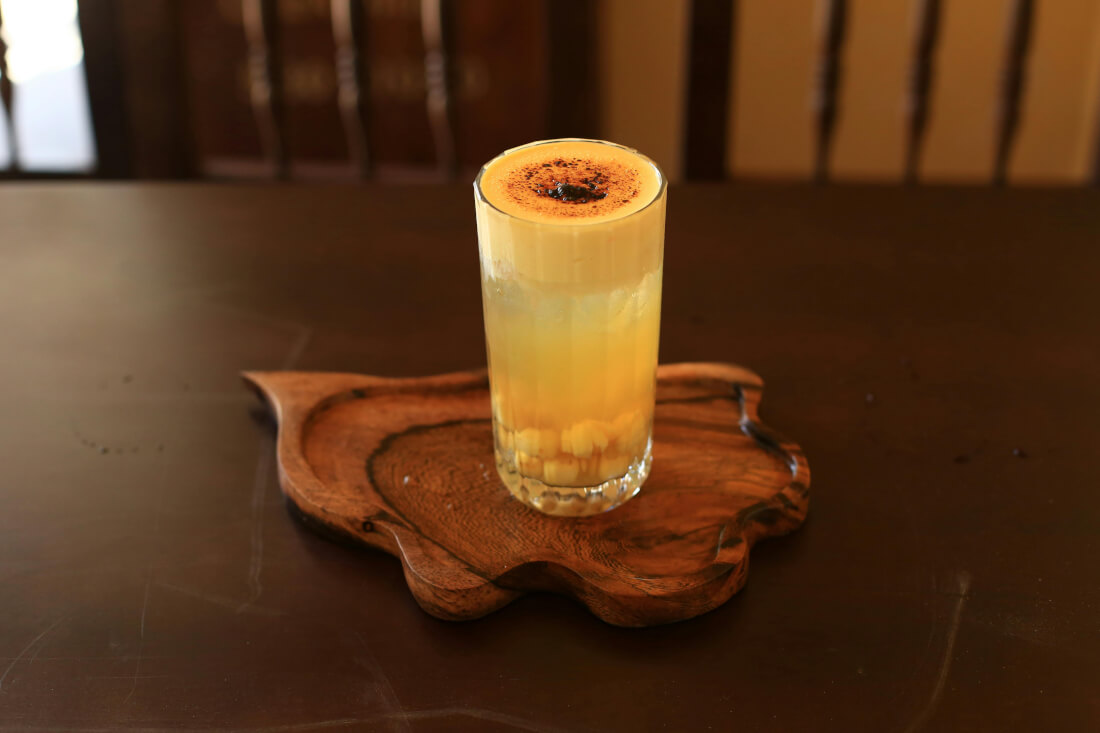
Hanoi is known worldwide for its street food, and tasting it is a highlight of any visit. Dishes like pho, bun cha and egg coffee have become symbols of the city. Food tours are popular for those who want to sample the best spots while learning abo...
Read more..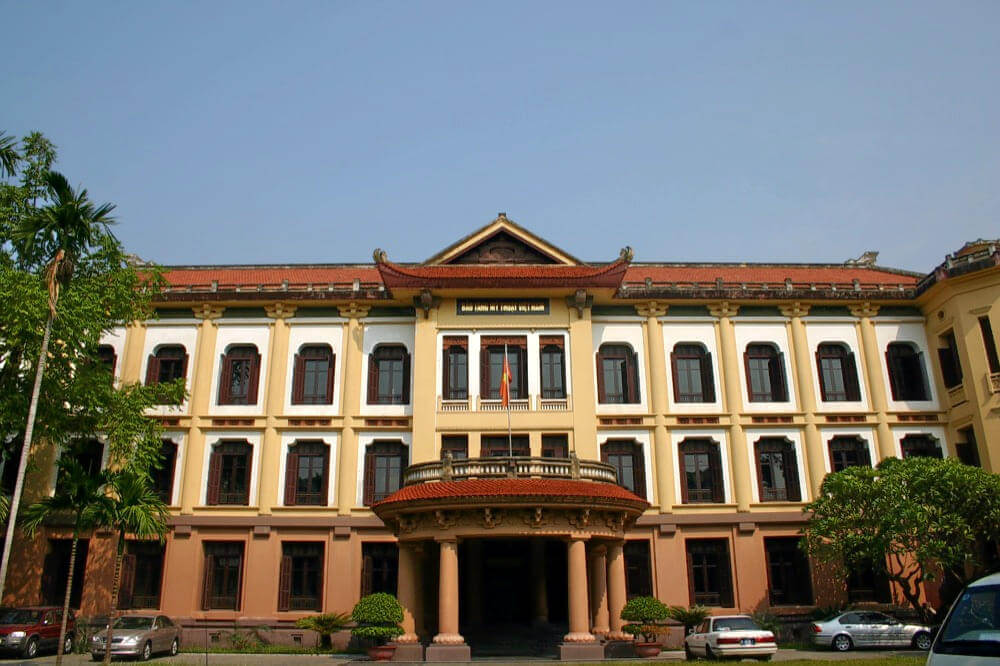
Located near the Temple of Literature, the Vietnam Fine Arts Museum showcases the country’s artistic journey from ancient times to the present. Collections include Buddhist sculptures, folk paintings and works by modern Vietnamese artists. It is an...
Read more..
While based in Hanoi, many travellers take a day trip to nearby destinations. Ninh Binh, with attractions like the Mua Caves and Trang An, offers dramatic limestone landscapes and cultural heritage. Ha Long Bay, a UNESCO World Heritage Site, is fam...
Read more..Best Time to Visit Hanoi

Average Temperature- Spring in Hanoi brings mild and comfortable weather, with temperatures ranging between 18°C and 25°C.
Weather- This season is marked by gentle sunshine, blossoming trees and a touch of d...
Read more..
Average Temperature- Summer is the hottest season, with temperatures often between 28°C and 35°C.
Weather- Days are warm and humid, with...
Read more..
Average Temperature- Autumn is widely regarded as the most beautiful season, with average temperatures from 20°C to 28°C.
Weather- Clear skies, gentle breezes and golden sunlight create a truly romantic atmo...
Read more..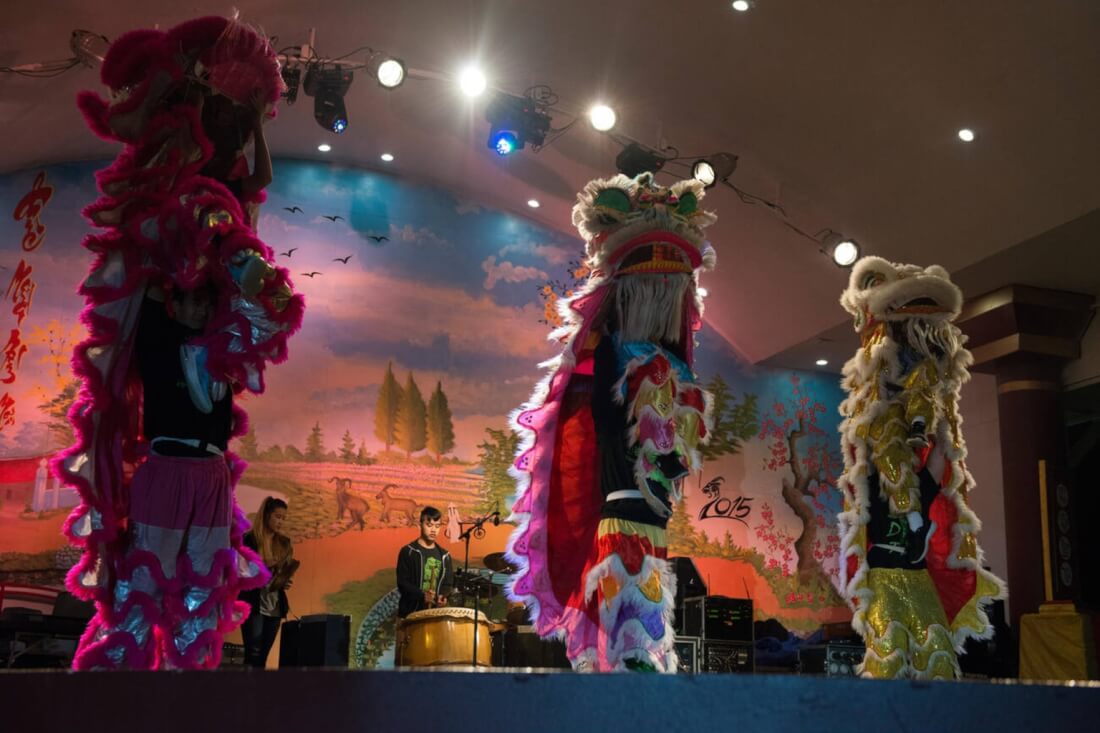
Average Temperature- Hanoi winters are cool, with temperatures ranging from 12°C to 20°C.
Weather- Though it rarely drops below 10°C, the cool air and occasional mist give the city a charming, mysterious loo...
Read more..Frequently Asked Questions (FAQs)
Yes, Hanoi is absolutely worth visiting. As the capital of Vietnam, the city offers a vibrant mix of history, culture and modern life. Travellers can explore ancient temples, French colonial architecture and lively street markets. The city is also famous for its street food, with dishes like pho and bun cha drawing food lovers from all over the world. Whether you enjoy sightseeing, shopping, or immersing yourself in local traditions, Hanoi provides an experience that is both authentic and memorable.
The most convenient way to reach Hanoi is by air, with Noi Bai International Airport serving both domestic and international flights. Direct flights connect the city to many Asian destinations and beyond. Travellers can also arrive by train or bus from other parts of Vietnam, though journeys may take longer. Popular routes include Hanoi to Ninh Binh or Hanoi to Ha Long Bay. For Indian visitors, applying for a Vietnam e-visa in advance makes the entry process quick and easy.
Hanoi is a year-round destination, but each season offers a different experience. Spring (March to April) and autumn (September to November) are particularly pleasant, with mild temperatures and clear skies. Winter brings cool misty days that add a charming atmosphere, while summer is warm and lively with tropical rains. No matter the season, there is always something unique to enjoy in Hanoi, from festivals and food to cultural sites and day trips. Packing appropriately for the weather makes travel more comfortable.
Yes, Indian citizens need a visa to visit Hanoi and other parts of Vietnam. The easiest option is to apply for an e-visa online, which is valid for 30 days and allows entry through Noi Bai International Airport. The process usually takes three to five working days and requires a passport valid for at least six months. Alternatively, travellers can apply through the Vietnamese embassy or consulate in India. Carrying a printed copy of the e-visa is recommended for hassle-free entry.
Hanoi offers a wide range of attractions for every type of traveller. Popular activities include exploring the Old Quarter, visiting the Temple of Literature, and relaxing by Hoan Kiem Lake. Travellers also enjoy paying respects at the Ho Chi Minh Mausoleum, browsing the Hanoi Night Market, and watching a traditional water puppet show. Food lovers can savour dishes like pho, bun cha and egg coffee at local eateries. Day trips to nearby destinations such as Ninh Binh and Ha Long Bay are also highly recommended.
Hanoi is generally considered affordable compared to many international destinations. Street food and local restaurants offer delicious meals at very reasonable prices, often costing just a few pounds. Accommodation ranges from budget hostels to luxury hotels, so travellers can find options to suit their budget. Transport within the city, such as taxis and buses, is also inexpensive. Even sightseeing is affordable, as most entry fees for temples, museums and cultural sites are modest. Overall, Hanoi provides excellent value for money.
A stay of three to four days is ideal to experience the highlights of Hanoi at a relaxed pace. This allows time to explore the Old Quarter, visit historical landmarks like the Temple of Literature and Ho Chi Minh Mausoleum, and enjoy cultural experiences such as a water puppet show. Travellers can also try local street food and shop at the night market. Those with more time can take day trips to nearby destinations like Ninh Binh or Ha Long Bay for added variety.
Hanoi is famous for its street food culture, and trying local dishes is an essential part of the experience. Pho, a noodle soup with beef or chicken, is the city’s most iconic dish. Bun cha, grilled pork served with noodles and herbs, is another speciality loved by locals. Egg coffee, a creamy blend of whipped egg yolk and strong Vietnamese coffee, is unique to Hanoi. Travellers should also try banh mi sandwiches, spring rolls and fresh fruit juices available at markets and small eateries.
Yes, Hanoi is generally safe for tourists. Violent crime is rare, and visitors often find locals warm and welcoming. However, petty theft such as pickpocketing can occur in crowded areas like markets, so keeping an eye on personal belongings is advisable. Traffic can also be overwhelming for first-time visitors, so care is needed when crossing roads. Choosing reliable taxis or ride-hailing apps adds safety. With basic precautions, travellers can enjoy a safe and memorable stay in Hanoi.
Getting around Hanoi is easy thanks to its range of transport options. Walking is the best way to explore the Old Quarter and central attractions. For longer distances, taxis and ride-hailing apps like Grab are convenient and affordable. Buses are widely available and budget-friendly, while adventurous travellers can rent motorbikes. Cyclos, or bicycle rickshaws, offer a slower, more scenic ride through historic streets. Each option provides a different perspective of the city, making travel within Hanoi both practical and enjoyable.
Hanoi offers a wide selection of souvenirs that reflect Vietnam’s culture and craftsmanship. Popular items include silk scarves, embroidered textiles, lacquerware and conical hats. The Old Quarter is full of small shops selling handicrafts, while the Hanoi Night Market offers affordable keepsakes. Coffee and tea are also excellent gifts, as they are locally produced and easy to carry home. For something unique, consider buying artwork or calligraphy from local artists. These souvenirs make meaningful reminders of your time in Hanoi.
Yes, Hanoi is an excellent base for exploring northern Vietnam. Many travellers combine their visit with a cruise in Ha Long Bay, known for its limestone islands and emerald waters. Ninh Binh, often called “Ha Long Bay on land”, is another popular day trip, with caves, temples and rice fields. For adventure seekers, Sapa offers mountain trekking and homestays with ethnic minority groups. With efficient transport connections, it is easy to expand a Hanoi trip into a wider exploration of Vietnam.
















